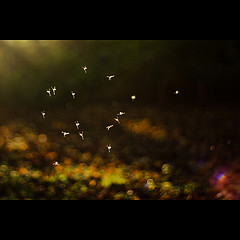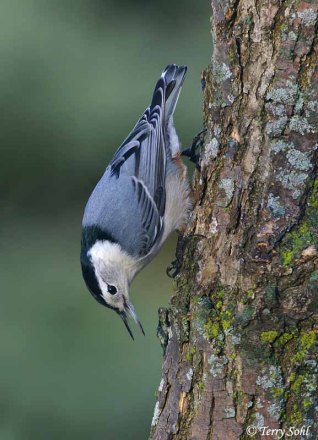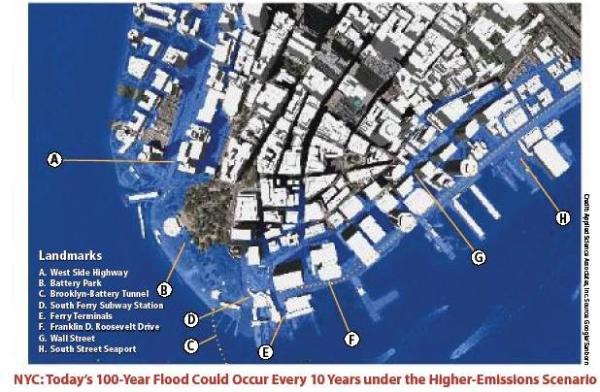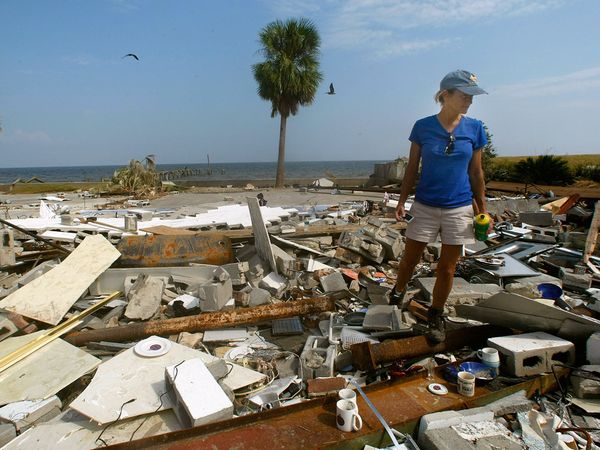Like a will-o’-the-wisp, Earth Day captures media attention periodically before fading into the background again.

Media focus on environmental issues is somewhat like a will-o’-the-wisp. (Source: Kikasz via Compfight cc)
Why does this happen? Thomas Hayden has some ideas about why media focus on environmental topics waxes and wanes. He mapped out the coverage of environmental topics in The New York Times and found a gradual upward trend over the decades, punctuated by wild fluctuations.
These fluctuations – the jagged peaks on his graph – happen to coincide with our collective moments of excitement about environmentalism, which I have renamed:
- “hippies and whales”
- “tropical rainforests”
- “temperate rainforests”
- “climate change science”
- “climate change movie”
- “climate change reality”
Although journalists’ interest in environmental issues may be growing over time, it is based on short-term events and catastrophes.
Do other people forget about environmentalism as often as journalists do? It’s hard to say. But an article on fads and the environment suggests social trends need to build on deeper underlying values in society to succeed.
This is an important point. If you want to build a successful environmental trend or meme, you need to speak to what already matters to people – their existing cultures and priorities.
Should environmentalists try to catch people’s attention with a series of trends and hot topics? Maybe that is not enough.
Like dieting, environmental change has to be more than a fad to succeed. If environmentalists want to achieve long-term, successful social change, that will require making structural changes to our everyday lifestyles so positive choices will lead to rewards. These rewards do not all have to be financial; they can be social. They can even involve saving time or simplifying our lives.
Maybe environmentalists need to augment those will-o’-the-wisps of media coverage with solid structural changes behind the scenes.






